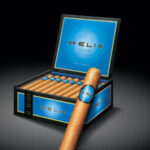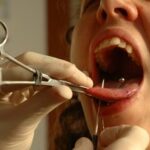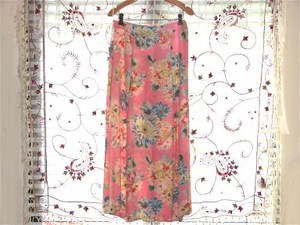Piercing has become a widely practiced trend in the modern day fashion world. Individuals indulge in piercing many areas of their body, but the ears remain the most ample spot for sporting jewelry. Snug piercings reside in the ear, somewhere along the ridge created by the antihelical fold and the anti-helix. They can be single or double piercings and typically worn with straight barbells or slightly curved body jewelry. Learn more about the snug piercing with the list of frequently asked questions below.
What is a snug piercing?
Snug piercings are a type of ear piercing located nearly anywhere along the vertical inner cartilage ridge. This area of the ear is also known as the anti-helix. In most cases, jewelry is inserted approximately half-way down the outer rim, above the anti-tragus.
What type and size jewelry is used?
The anti-helix ridges are typically shallow and can only accommodate small-size snug piercings. Micro-curved barbells or CBRs are used to gather a sufficient amount of cartilage for a proper base for the piercing. Depending on the thickness and depth of an individuals’ anti-helix, the size used could be as small as 20 gauge and as large as 16 gauge. Length of the barbell or CBR should be determined by the piercer.
What are the risks?
In some cases, a snug piercing may not last as long as expected if the piercer is not a professional. Infection of the pierced area can be caused by open wounds and unsterilized equipment. Swelling may also occur if the jewelry is not appropriate for the piercing. Due to the shallowness of the area, the piercing may bleed if the earring gets accidentally ripped from the ear. Inflammation of the piercing can cause fever, weakness and general illness. Consult a physician if these symptoms are present.
What is the aftercare process?
It’s highly important to choose a reputable piercing salon with an expert in snug piercings. Always ensure that the piercing equipment and needle is sterilized before allowing anyone to pierce your body. To clean the piercing, dip a cotton ball or cotton swab into warm sea salt or saline solution and clean the area. Do not sleep over the piercing and do not allow hair to become entangled in the piercing.
When can I change the jewelry?
Do not change the jewelry for at least three weeks. Doing so could aggravate the wound and cause inflammation. To promote faster healing, apply lavender essential oil to lubricate the area. The use of Vitamin B as well as zinc supplements can also help accelerate the healing process. Snug piercings will heal quicker with adequate care. Change your pillow case often to avoid the spread of bacteria. Use an anti-septic lotion on your hands before touching the piercing to avoid infection. Use caution when using the telephone, ear plugs, headphones or mobile phones.
How long is the healing process?
Cartridge piercings generally take longer to heal than traditional earlobe piercings. On average, a snug piercing will take at least 8 to 12 weeks to heal. Full healing of the piercing may not occur to up to 1 year. Since the piercing is in the cartridge, there is a lower risk of rejection.
Sources:
University Health Services – Body Piercing: Cleaning and Healing
Pittsburg University – Piercing Care and Precautions
California State University Long Beach – Body Piercing
Related Articles:
What Is a Scaffold Piercing and Does It Hurt?
How to Treat Hypertrophic Scars Caused by Piercings
New Trend in Body Piercings: Hip Piercing





